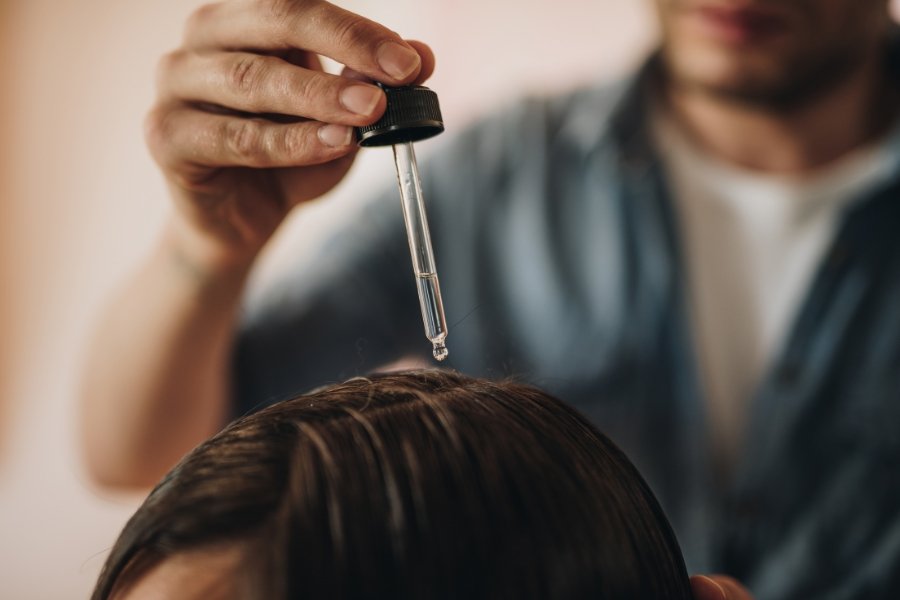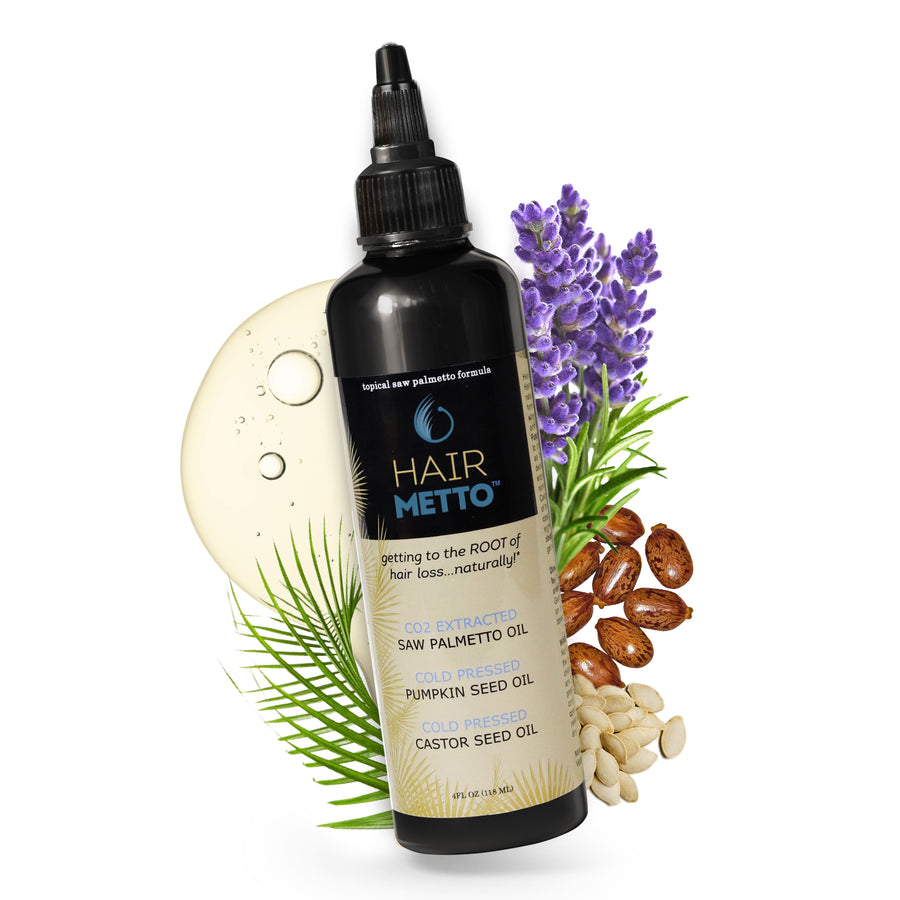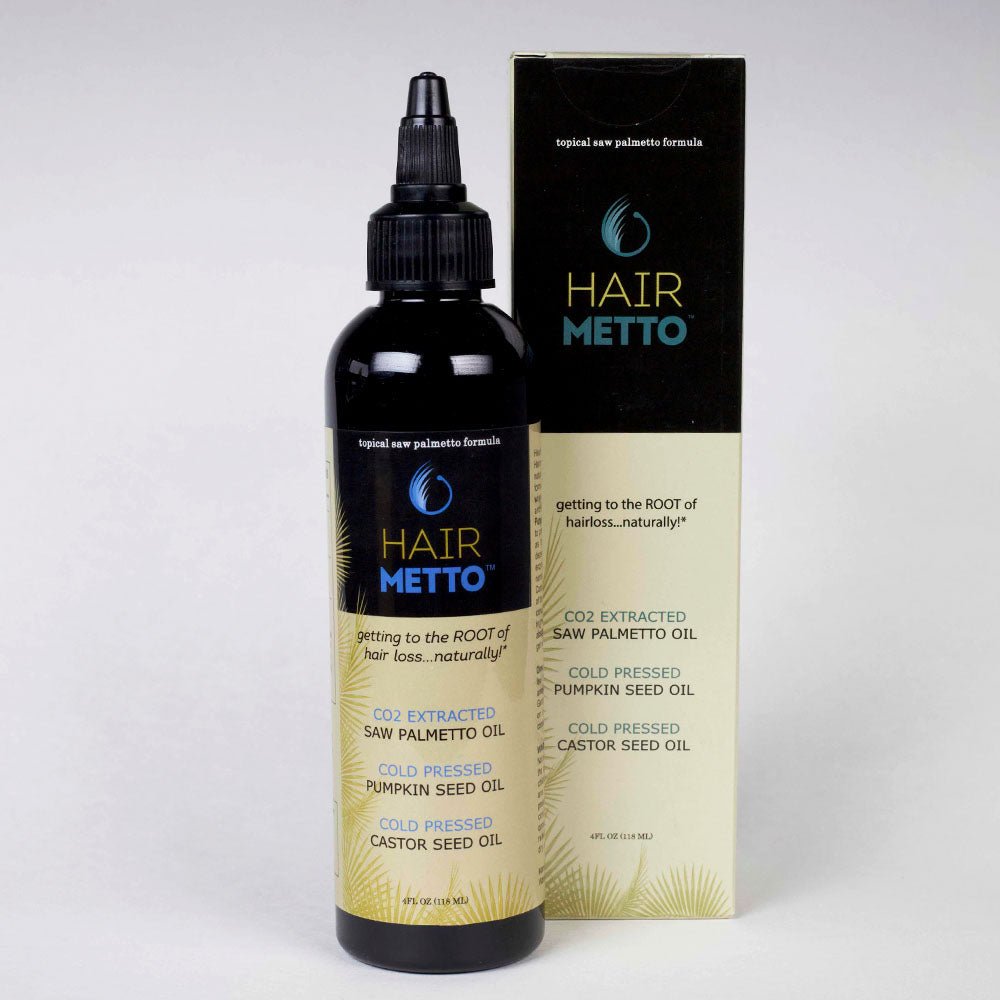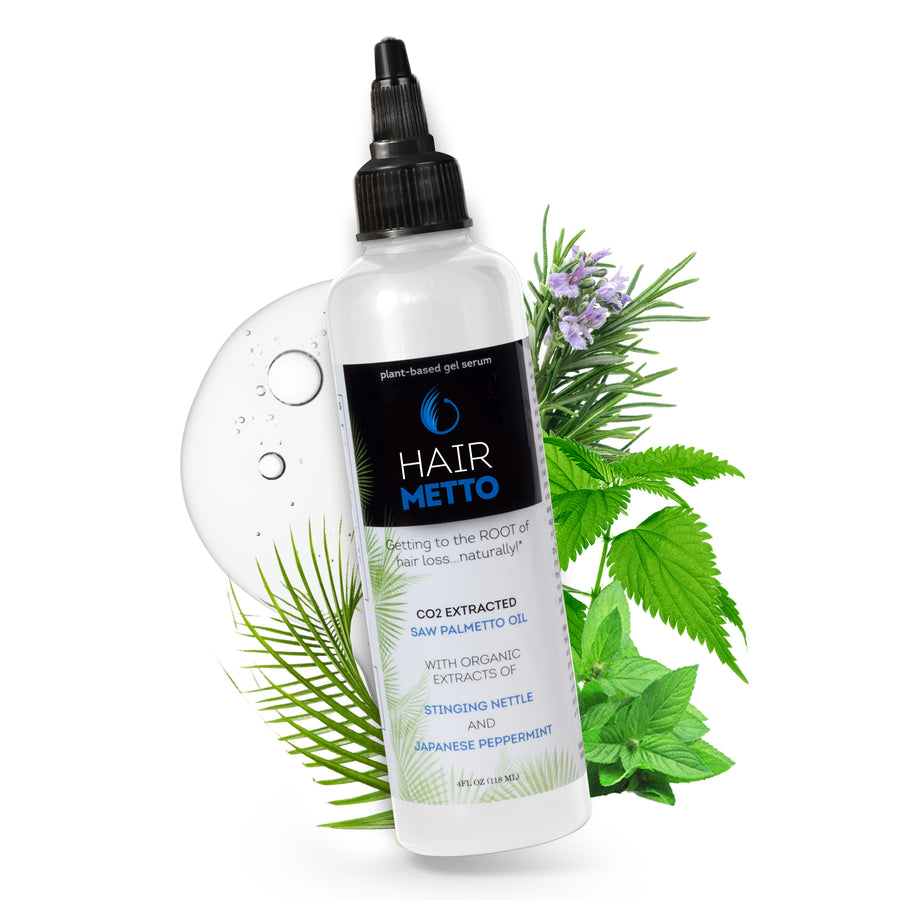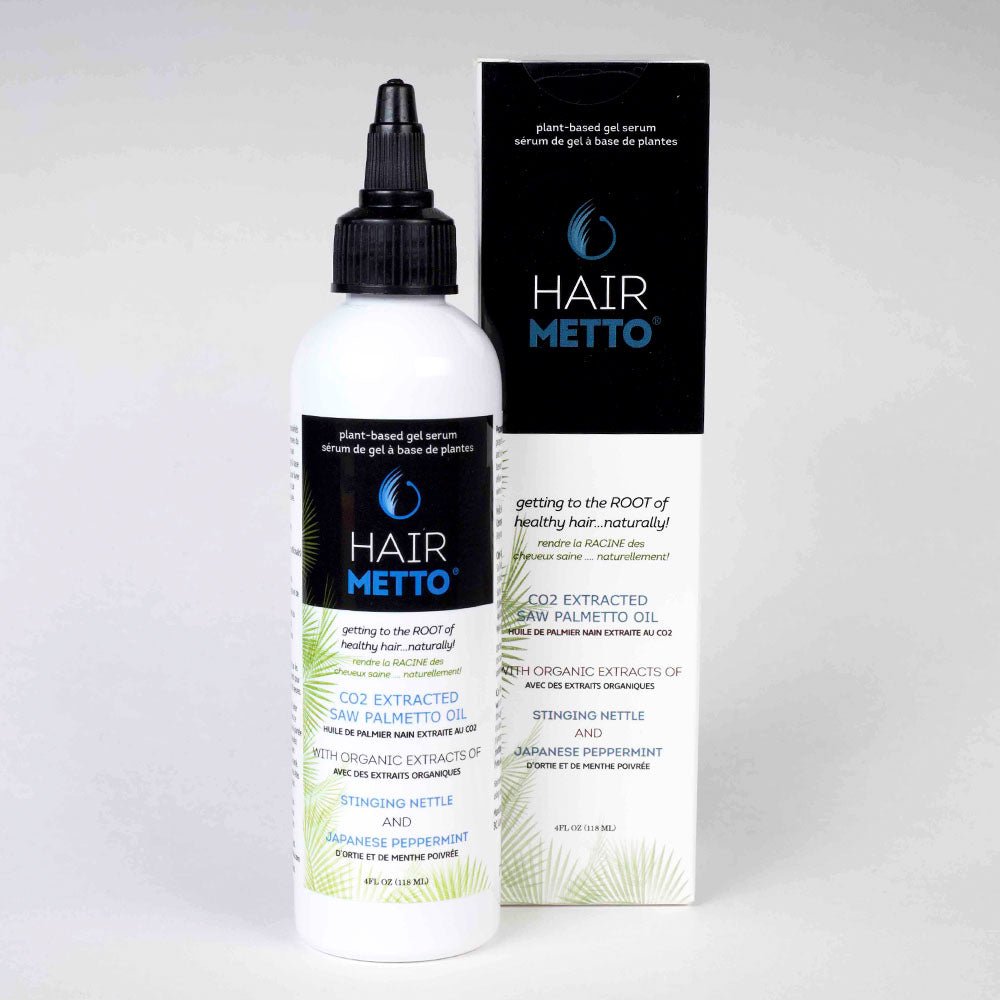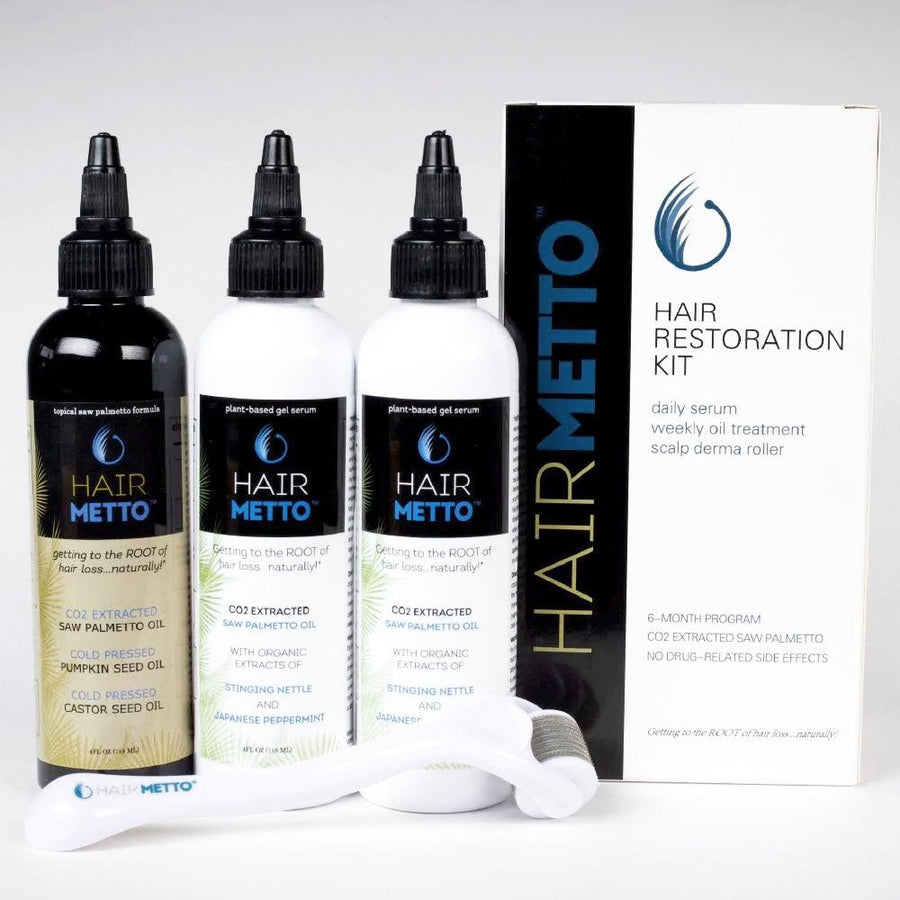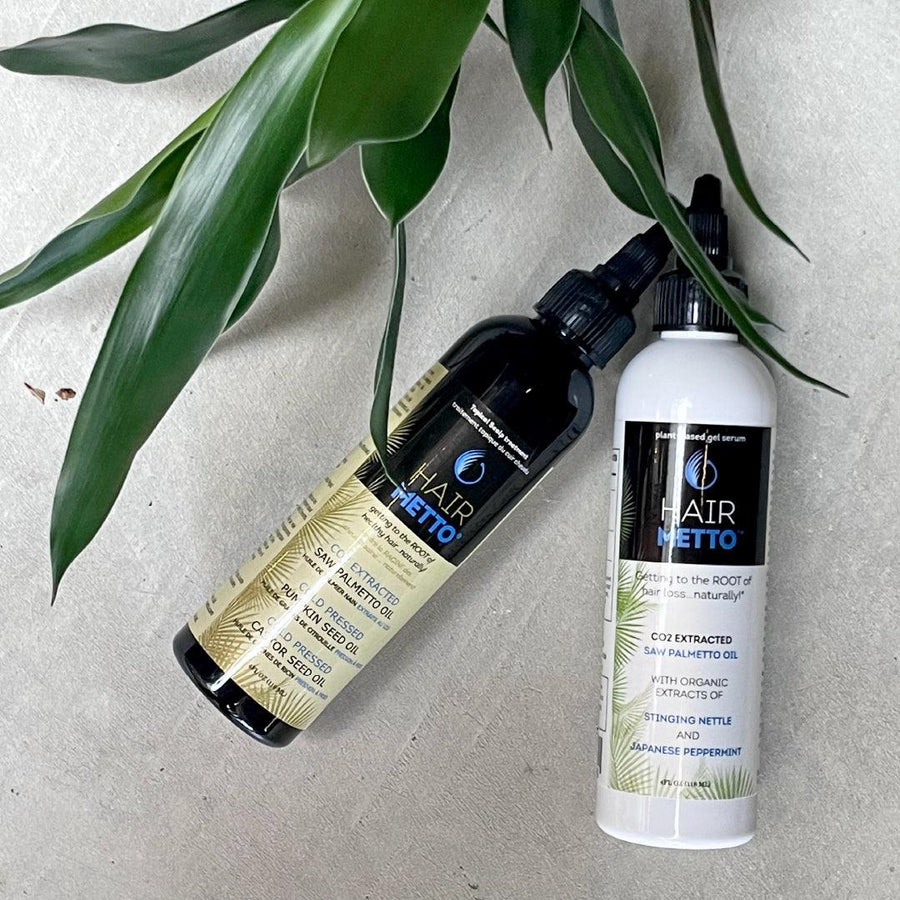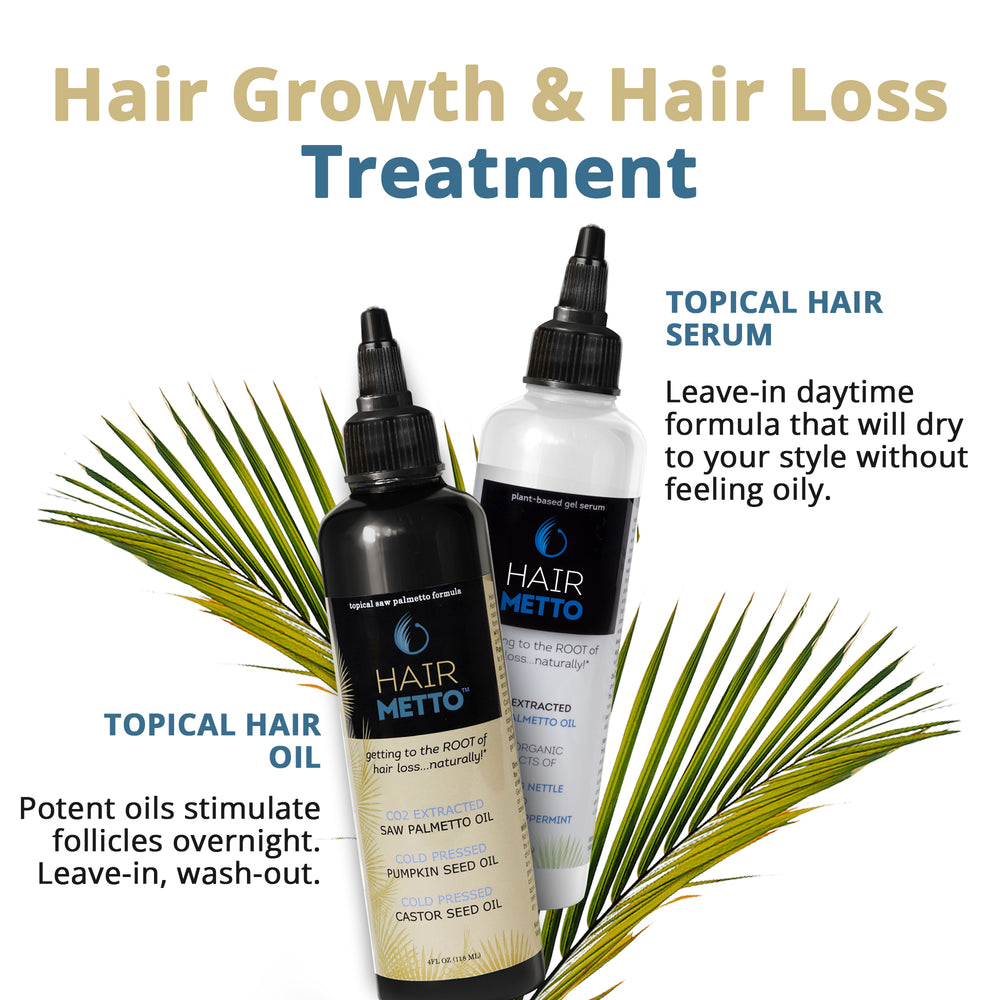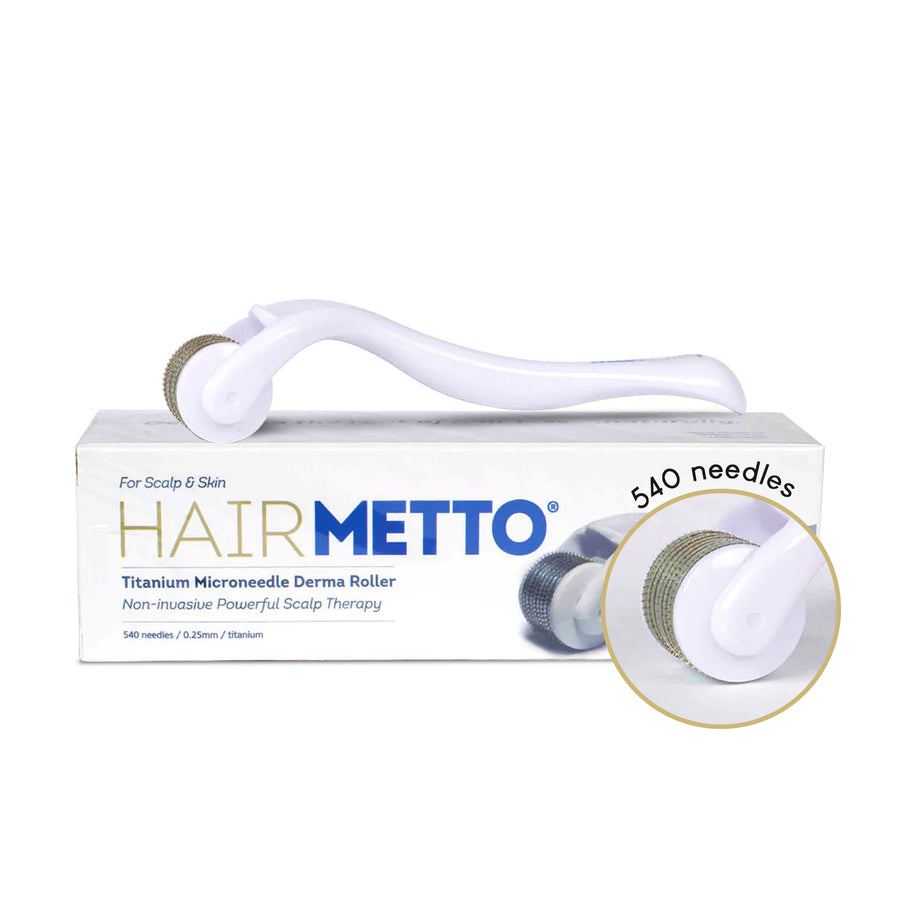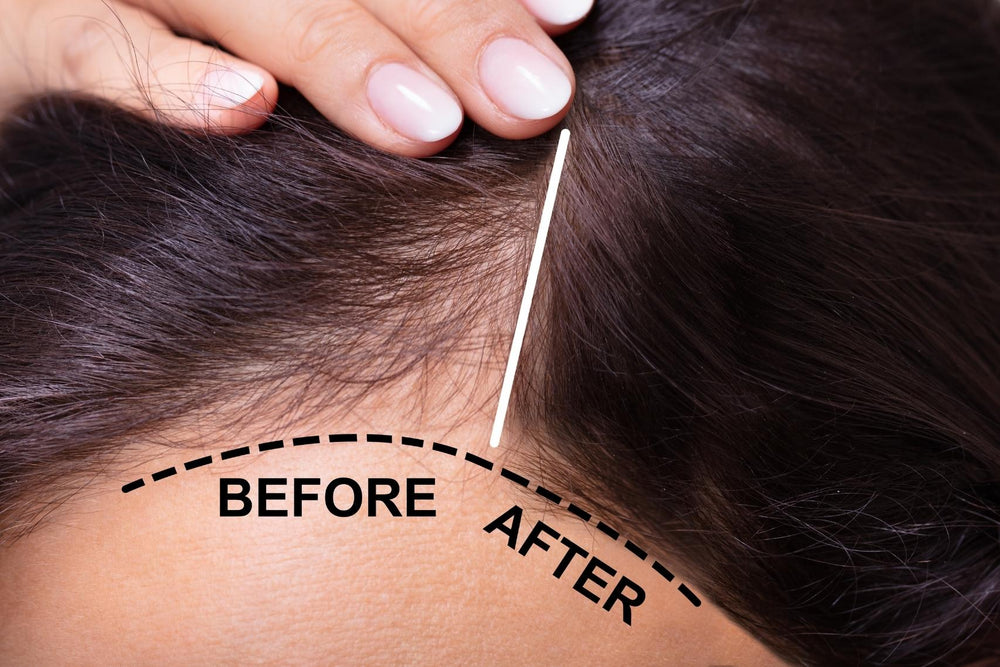How DHT Blockers Help In Treating Baldness
Almost 100 strands of hair are lost in a day. They fall out and then grow back in. This is a normal process. However, eventually we start noticing that we are losing more than before and it's not growing back. This is due to DHT.
'Am I going bald? What is DHT?'
The answer lies in the scientific research regarding diydrotestosterone (or DHT) - a hormone. Androgens (like testosterone) are responsible for the biological characteristics of males, including a deeper voice, body hair, and increased muscle mass. An enzyme called 5-alpha-reductase (or 5-AR) converts testosterone into DHT in the testes and the prostate. DHT is produced in the gonads and is also a sex steroid apart from being an androgen and interacts with the receptors. To a large extent (but not entirely!) our genes determine how sensitive our hair follicles are to DHT; how they interact with the receptors. DHT is a by-product of the male sex hormone testosterone that causes follicles to weaken and shrink, gradually not replacing the fallen hairs.
When does male pattern baldness start?
As per an estimate, half of all men over the age of 50 are affected by it. In the US this accounts for about 50 million men. Male pattern baldness can start as early as the late teens. For others, it may not start until they are in their 30s. Stopping it early is the key to preventing further hair loss.
To understand how DHT adversely impacts hair growth, we need to understand the growth phase (anagen). Hairs generally remain in this phase for 2-6 years. As they individually fall away, a new hair takes its place. However, the presence of DHT blocks the growth of follicles, and as the follicles become smaller, the hair shaft becomes thinner.
How can I prevent hair loss?
Treatments that block DHT may help prevent hair loss. The herbal route is an effective natural way to reduce DHT in the scalp. Hair degradation can be controlled if DHT blockers like pumpkin seeds are included in the diet and applied topically to the scalp.
What about DHT blocking shampoo?
Herbals like Saw Palmetto, stinging nettle and pygeum bark are found to be very effective in blocking DHT. While DHT blocker shampoos are also used for hair growth/loss treatment, they don't stay on the scalp for long enough to permeate the follicles, thus effectively blocking DHT. Hair and scalp treatments that stay on the scalp for many hours will saturate the roots and affect DHT's ability to get a grip and further weaken the follicle.
What about topical saw palmetto?
HAIRMETTO® Topical saw palmetto Oil is a popular hair treatment used by thousands around the globe. It uses CO2 extracted Saw Palmetto, cold-pressed pumpkin seed oil, along with Pharmaceutical grade castor seed oil to 1) prevent the conversion of testosterone into DHT, 2) prevent DHT from gripping the roots, which causes the hair strand to gradually weaken, thin and fall away, 3) promote hair growth by adding nourishment, essential fatty acids and antioxidants to the thriving follicle.
Read more about why the QUALITY of saw palmetto is vital
Together with Rosemary, Lavender and Cedarwood extract, which carries antimicrobial properties, these six plant-based ingredients make HAIRMETTO® Topical Oil an effective, natural DHT blocker without the drug-related side effects.
SHOP our complete product range.


